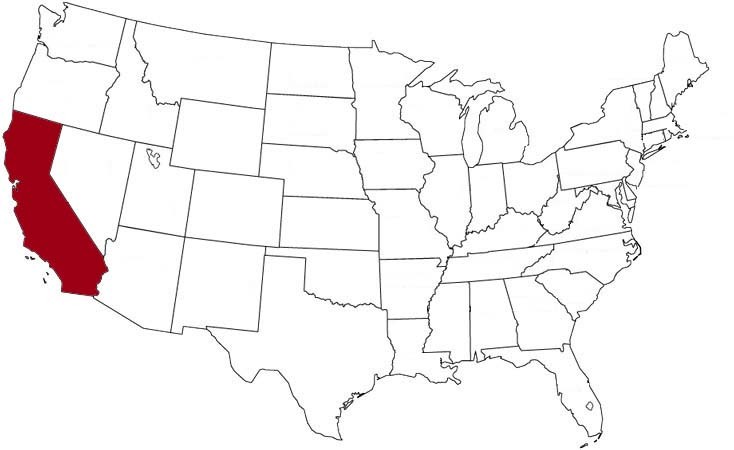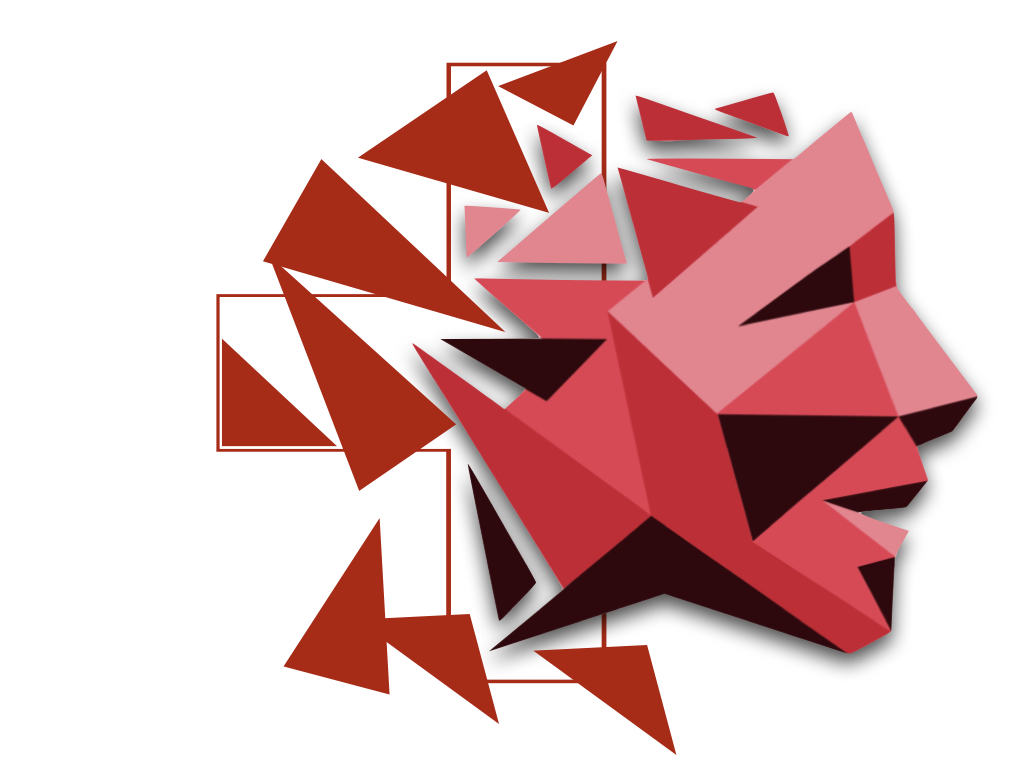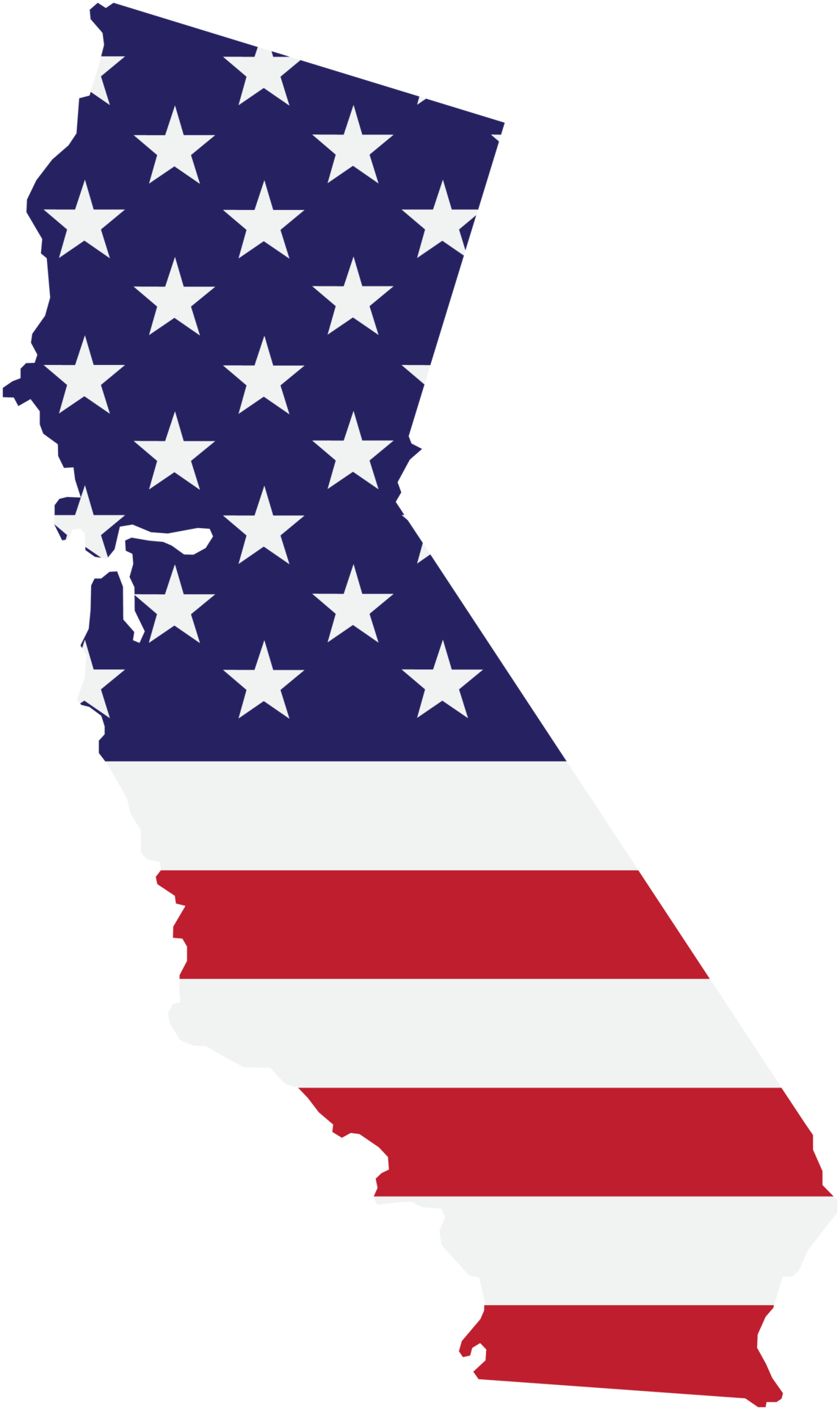
GSE
Global Secondary Education🇨🇭
®
K12, Common Core, USA Standard
Grade K-5
Grade K-5
Comprehensive Curriculum aligned to the State Academic Standards


1. Please choose the school
GSE® Courses, Grades K to 5
27 courses developed and presented by Gread Results and FEYDEY
Elementary School
6 Courses
ELEMENTARY SCHOOL
6 Courses
ELEMENTARY SCHOOL
3 Courses
Elementary School
6 Courses
ELEMENTARY SCHOOL
6 Courses
Elementary School - Math
Grades K to 5

Mathematics K
This course focuses on representing, relating, and operation on whole numbers, with sets of objects. In addition, students will also measure and classify objects and describe shapes and space.

Mathematics 1
This course focuses on developing understanding of addition, subtraction, and strategies for addition and subtraction within 20, developing understanding of whole number relationships and place value, and grouping in tens and ones. In addition, students will also understand time, money, linear measurement, and measuring lengths. Emphasis will be placed on reasoning about attributes of, and composing and decomposing geometric shapes.

Mathematics 2
This course includes the study of understanding of base-ten notation, and building fluency with addition and subtraction. In addition, students will also use standard units of measure, time, money, and graphs. Emphasis will be placed on describing and analyzing shapes.

Mathematics 3
This course builds a foundation of middle school Math skills. Topics in this course include: Whole numbers; multiplication and division; properties of multiplication; relationship between multiplication and division; multiply and divide within 100; solve problems involving the four operations; fractions as numbers; compare fractions; place value; properties of operations to perform multi-digit arithmetic; measurements; estimation of intervals of time, liquid volumes, and masses of objects; represent and interpret data; area and perimeter; plane figures; shapes and their attributes.

Mathematics 4
This course builds a foundation of middle school Math skills. Topics in this course include: Operations with whole numbers; factors and multiples; patterns; place value of whole numbers; fractions; ordering; compare decimal fractions; solve problems involving measurement; conversion of measurement from a larger unit to a smaller one; represent and interpret data; basic geometry concepts; angle and measuring angles; symmetry.

Mathematics 5
This course builds a foundation of middle school Math skills. Topics in this course include: Numerical expressions; patterns and relationships; place value system; operations with multi-digit whole numbers and with decimals to hundredths; estimation; equivalent fractions; add and subtract fractions; multiply and divide fractions; conversion of units; represent and interpret data; geometric measurement; volume; graph points on coordinate plane; and classify two-dimensional figures into categories based on their properties.
Elementary School - English
Grades K to 5

English Language Arts K
This course is designed to help students read stories, identify the elements of stories, learn and spell words and categorize them, sequence ideas, and identify main ideas. In addition, students will understand the basic elements of phonemic awareness and the different parts of a book. Emphasis is given to pronouncing the letters of the English alphabet, understand long and short sounds, and write opinion pieces and stories. Basic grammar aspects like prepositions, capitalization, and punctuation are also discussed in this course.

English Language Arts 1
This course is designed to help students read fables, folktalkes, identify the elements of stories, learn and spell words and categorize them, sequence ideas, and identify main ideas. In addition, students will understand sensory details, characterization, purpose, and point of view of authors. Students will also be able to identify main ideas and connections within texts. Students will understand the basic elements of phonemic awareness, syllables, digraphs, and suffixes. Writing narratives, opinion pieces, and expository texts are also emphasized in this course, along with the grammar aspects of nouns, pronouns, capitalization, adjectives, tenses, and end punctuation.

English Language Arts 2
This course is designed to help students read fables, folktales, identify the elements of stories, learn and spell words and categorize them, sequence ideas, and identify main ideas. In addition, students will understand literary devices, characterization, purpose, and point of view of authors. Students will also be able to identify main ideas and connections within texts, along with understand the structure and feature of texts. Illustrative and pictorial texts are provided to understand the purpose behind using them. Writing narratives, opinion pieces, and expository texts are also emphasized in this course, along with the grammar aspects of collective and proper nouns, reflexive pronouns, capitalization, adjectives and adverbs, tenses, and end punctuation. Understanding root words, context clues, and figurative language to determine meanings of words are also emphasized in this course.

English Language Arts 3
This course is designed to help students develop reading, literature, writing, language, and comprehension skills. Course topics include: Definitive Features of Literary Forms, Compare and Contrast, Prefix and Suffix, Graphic Organizers, Chart Graph Illustration, Reading Comprehension Strategies, Writing Strategies, Grammar and Language.

English Language Arts 4
This course is designed to help students develop reading, literature, writing, language, and comprehension skills. Course topics include: Summarizing, Synonyms, Identifying Themes, Cause and Effect, Problem and Solution, Rhyming Words, Homophones, Verb Tenses, and Simile and Metaphor.

English Language Arts 5
This course is designed to help students develop reading, literature, writing, language, and comprehension skills. Course topics include: Elements of Story, Elements of Poetry, Features of a Text, Multi-syllable Words, Purpose of Reading, Writing Process, Prepositions, Interjections, and Punctuate Titles.
Elementary School - Science
Grades K to 5

Science K
This course engages students in raising questions about the world around them. Students begin to the differentiate between organisms and non-living objects, the life cycle of some common animals, the basic needs of plants and animals, and their survival needs. In addition, students learn to identify seasons, and identify how humans use various Earth resources.

Science 1
This course engages students in raising questions about the world around them and seeking answers by making observations. Students analyze the basic needs of plants and animals, the life cycle of plants, survival needs of organisms, animal's role in pollintation, etc., In addition, they will be able to demonstrate their understanding about light and sound. They will also be describing the various weather patterns.

Science 2
In this course, students, will demonstrate their understanding of the life cycle of common animals, and plants. They also analyze the survival needs of organisms. In addition, students explore the observable properties of matter and different aspects of force and motion. Special emphasis is given to the understanding of the appearance of moon, stars, etc.

Science 3
This course engages students in identifying the external features and adaptation of animals to know the hierarchical organization. In addition, they research the physical changes of matter such as that of magnetic force and relate to the particle motion in matter. Students will also examine the force, mass, and distance of objects to study the relationship between various motions, forces, and energy. Factors affecting land forms, structure of the Earth, erosion and their features, various resources and their uses, and the impact of human activities on the ecosystem are parameters of research by the students.

Science 4
In this course, students will understand the interactions in the human organ system and the different levels of organization of organisms starting from their cells and the related diseases to understand the hierarchical organization. They also learn about the reproduction and heredity by analyzing the life cycle of different organisms. In addition, students explore the various sources of heat and the various properties associated with motions, forces, and energy, such as reflection, transmission, conduction, absorption, volume, and pitch etc. The students will then investigate the different earth's systems and cycles such as the water cycle by using various tools used to measure weather.

Science 5
In this course, students will understand the ecology and interdependence of organisms by studying photosynthesis in plants, and the biotic and abiotic components of the ecosystem that help in the flow of energy in the ecosystem. They also analyze the organization of matter and chemical reactions with the help of different tools used in scientific experiments, by listing the physical properties of matter, their solubility, and also by separating mixtures. In addition, they evaluate the physical and chemical changes and the conservation of matter. They also examine the different types of forces and their effects. In addition, they research the characteristics of planets, stars, constellations, Earth's rotation and the phases of the Moon to understand the Earth's place in the Universe.
Elementary School - Social Studies
Grades K to 5

Social Studies K
In this course, students explore the various aspects of civics, economics, civil rights, geography, and history. They examine the roles individuals as good citizens and the positive characters of a good citizen. They explore the economic aspects by distinguishing the difference between the usage of goods and services, and the role of money associated with it. In relation to the civic rights, they relate the cultural diversity they observe in various communities in America. The geography strand lets them identify the sense of place relative to an individual, home, and school, differentiate land and water features on simple maps and globes, and explore how famous people and events have shaped the local community, state, and nation.

Social Studies 1
In this course, students explore the various aspects of civics, economics, civil rights, geography, and history. They examine the roles individuals as good citizens and the positive characters of a good citizen. They explore the economic aspects by distinguishing the difference between the usage of goods and services, and the role of money associated with it. In relation to the civic rights, they relate the cultural diversity they observe in various communities in America. They will be able to identify the sense of place relative to an individual, home, and school, differentiate land and water features on simple maps and globes, and explore how famous people and events have shaped the local community, state, and nation.

Social Studies 2
In this course, students begin the year learning about the civic roles of American citizens and their good traits. They also identify the economic differences in the goods and services, supply and demand, and needs and wants of individuals. Students also explore the cultural diversity among the different communities of America. The geography strand emphasizes the use of maps and globes to differentiate various land and water features.

Social Studies 3
In this course, students begin the year learning about citizenship in local government. They also demonstrate knowledge of the community and local government; the way individuals exercise rights and responsibilities within the community and local government. Students also analyze the role of money and trade within the community. The student also examines civil rights. The geography strand emphasizes the use of maps and globes to differentiate various land and water features.

Social Studies 4
In this course, students begin the year learning about the civic roles of American citizens and their good traits. Topics covered in this course include: rights in the declaration of independence, types of communities, American revolution, and cultural diversity.

Social Studies 5
In this course, students begin the year learning about the civic roles of American citizens and their good traits. Topics covered in this course include: the articles of confederation and the constitution, exploration and expansion, and causes of American revolution.
Elementary School - Computer Science
Grades K to 5

Computer Science 3
This course focuses on learning how the various devices and components work together, understand the difference between hardware and software, how to troubleshoot for basic problems, understand network communication and organization, know the importance of cybersecurity, understand the various digital tools available, understand the various storage tools available, visualize and manipulate data, infer and predict from the data collected, understand how algorithms work, know the various control structures available, understand how programs can be broken down into smaller parts as needed, develop and modify computing technology based on people's needs and wants, and use computing technology ethically.

Computer Science 4
In this course, you will learn about how the interconnected computing devices interact for a common purpose, understand how hardware and software work together to provide the desired output, troubleshoot by getting to the basics, understand how to communicate in a network, know the various measures used to protect information, try to observe data using the various digital tools available, understand how storage varies with the various file formats, know to communicate insights gained from data, analyze how realistic data lead to accuracy of inferences and predictions, understand algorithms specific to a particular context, how conditionals selectively execute or skip instructions, develop programs using an iterative process, understand how technology allows for collaboration all around the world, and know how to avoid online piracy and plagiarism.

Computer Science 5
This course lets you know the various computing devices and their types and uses, know how information is transmitted as bits and can represent a variety of information, understand how troubleshooting strategies need to address both hardware and software, list down the various channels and paths of communication, how to avoid security breach by using various antivirus software, understand binary or 8-bit versus 16-bit representations of storage, know how data is sorted and grouped to provide additional clarity, understand the use of cause-and-effect relationships and predict outcomes, know that algorithms can be expressed in non computer languages, understand the various data types used in various programming languages, how different loops are used to repeat instructions, design, review, and implement programs, and know the fair use and properly citing sources are ethical computer use.


